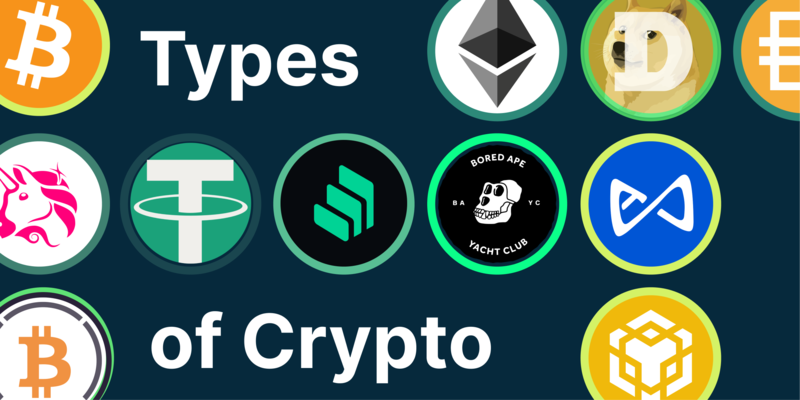what are all the cryptocurrencies
What are all the cryptocurrencies
However, not all policies lead to positive outcomes. When countries attempt to ban or heavily regulate cryptocurrencies, the market often reacts negatively https://mayhandientu.info/. Political instability can also drive investors toward bitcoin as a safe-haven asset, causing fluctuations in its value. These examples highlight how closely the cryptocurrency market is tied to government decisions.
Cryptocurrency prices are highly volatile, and understanding what causes cryptocurrency to rise and fall is essential for anyone interested in the cryptocurrency market. Several factors drive these fluctuations, but supply and demand play a central role. For instance, Bitcoin reached an all-time high of $108,268 in December 2024, largely due to increased demand following its halving event earlier that year. Similarly, its daily trading volume hit $32.5 billion as of October 2023, showing how market activity impacts price trends. These examples highlight how market dynamics and investor behavior influence what causes cryptocurrency to rise and fall over time.
Research also highlights the predictive power of Google search trends. When search volumes for bitcoin increase, it often signals heightened public interest, which can lead to price movements. Positive news tends to boost investor confidence, while negative news amplifies fear, creating a cycle of market volatility.
Are all cryptocurrencies based on blockchain
Many in the crypto space have expressed concerns about government regulation of cryptocurrencies. Several jurisdictions are tightening control over certain types of crypto and other virtual currencies. However, no regulations have yet been introduced that focus on restricting blockchain uses and development, only certain products created using it.
Each of them puts into practice a different consensus algorithm. Nano, formerly called Raiblocks, implements the so-called Block-lattice. With Block-lattice, every user gets their own chain to which only they can write. Additionally, everyone holds a copy of all of the chains. Every transaction is broken down into a send block on the sender’s chain, and a receive block on the receiver’s chain. The problem of Block-lattice is that it is vulnerable to penny-spending attacks. These involve inflating the number of chains that nodes must track by sending negligible amounts of cryptocurrency to empty wallets.
Where do Bitcoins come from? Bitcoin was created by a software developer under the pseudonym Satoshi Nakamoto. Nobody knows who Nakamoto is and it’s doubtful that Nakamoto is a single person or even a group of people.
Bitcoin is a perfect case study of the inefficiencies of blockchain. Bitcoin’s PoW system takes about 10 minutes to add a new block to the blockchain. At that rate, it’s estimated that the blockchain network can only manage about seven transactions per second (TPS). Although other cryptocurrencies, such as Ethereum, perform better than Bitcoin, the complex structure of blockchain still limits them. Legacy brand Visa, for context, can process 65,000 TPS.
How are Bitcoins created? Certain solutions are computationally difficult and thus have a cost associated with them. The Bitcoin protocol rewards miners for their efforts with both new bitcoin and transaction fees paid by users sending transactions. This adds an incentive for people to provide security for the system through the mining process.

What is the market cap of all cryptocurrencies
The very first cryptocurrency was Bitcoin. Since it is open source, it is possible for other people to use the majority of the code, make a few changes and then launch their own separate currency. Many people have done exactly this. Some of these coins are very similar to Bitcoin, with just one or two amended features (such as Litecoin), while others are very different, with varying models of security, issuance and governance. However, they all share the same moniker — every coin issued after Bitcoin is considered to be an altcoin.
At the time of writing, we estimate that there are more than 2 million pairs being traded, made up of coins, tokens and projects in the global coin market. As mentioned above, we have a due diligence process that we apply to new coins before they are listed. This process controls how many of the cryptocurrencies from the global market are represented on our site.
TThe data at CoinMarketCap updates every few seconds, which means that it is possible to check in on the value of your investments and assets at any time and from anywhere in the world. We look forward to seeing you regularly!
Almost. We have a process that we use to verify assets. Once verified, we create a coin description page like this. The world of crypto now contains many coins and tokens that we feel unable to verify. In those situations, our Dexscan product lists them automatically by taking on-chain data for newly created smart contracts. We do not cover every chain, but at the time of writing we track the top 70 crypto chains, which means that we list more than 97% of all tokens.


